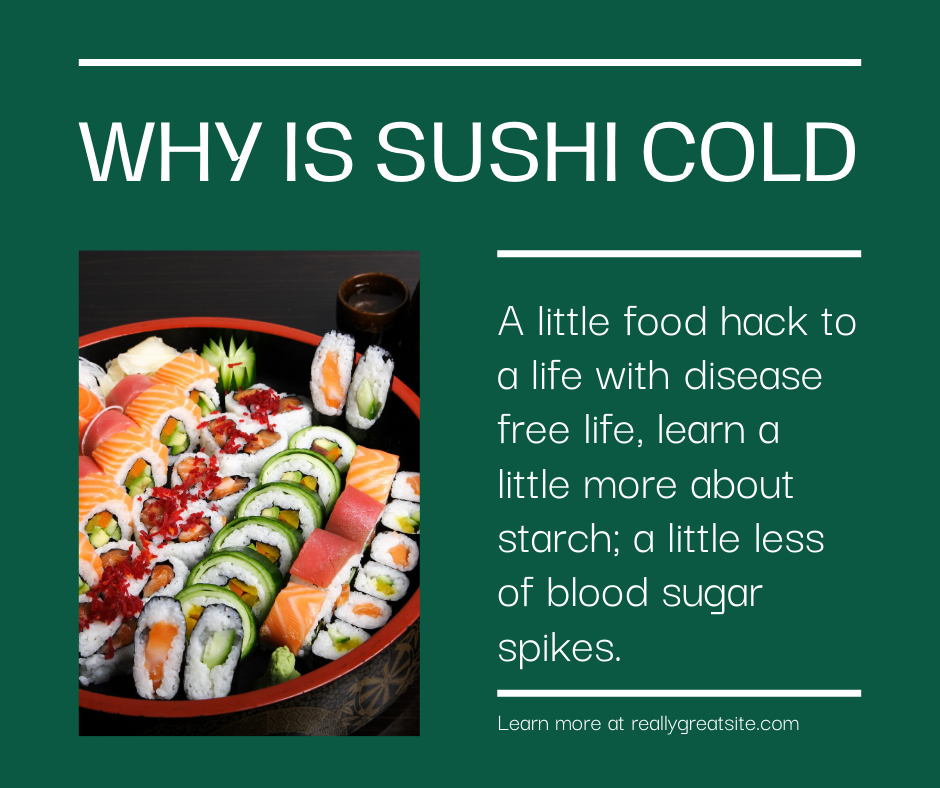WHY IS SUSHI COLD?
- tykirk siew
- Sep 4, 2024
- 2 min read
The Relationship Between Starch Digestion and Blood Sugar
Starch is a major component in many common foods such as rice, noodles, potatoes, and bread. When we consume these foods, starch is broken down into glucose during digestion, which quickly enters the bloodstream and raises blood sugar levels. For healthy individuals, insulin can regulate blood sugar levels, but for people with diabetes or insulin resistance, this process may lead to blood sugar spikes and increase health risks.
Resistant Starch: The Secret of Frozen Foods
Resistant Starch is a type of starch that is difficult to digest and absorb in the digestive tract. Unlike regular starch, which is rapidly broken down into glucose, resistant starch passes through the small intestine undigested and enters the large intestine, where it is fermented to produce short-chain fatty acids, resulting in a milder impact on blood sugar and insulin levels.
By freezing or refrigerating, many starches that are normally easily digestible convert into resistant starch. This process, known as "starch retrogradation" or "starch recrystallization," occurs because during cooling, starch molecules realign to form a denser structure that is harder for digestive enzymes to break down.
The Effects of Frozen Starch Foods
Studies have shown that consuming starch foods that have been frozen or refrigerated results in lower blood sugar responses. For example, potatoes that have been frozen and then thawed, rice that has been refrigerated overnight, and even frozen bread all tend to have lower post-meal blood sugar levels compared to eating freshly cooked foods.
This effect is not only due to the characteristics of frozen foods themselves but also due to the increased proportion of resistant starch formed during freezing or refrigeration. Importantly, even when frozen or refrigerated foods are reheated, some of the resistant starch remains, continuing to exert its effects.
Japanese Habits with Cold Starch Foods
Globally, dietary habits vary significantly, each having unique effects on health. In Japan, the consumption of cold starch foods is quite common, such as cold soba noodles, sushi, and rice balls. The starch in these foods, after being cooled, may have an impact on the overall health of Japanese people.
For instance, cold soba noodles are quickly cooled with cold water after cooking and then eaten with dipping sauce. Soba itself is a low-GI grain, and the cooled noodles may contain more resistant starch, which helps control blood sugar. Similarly, sushi rice is typically cooled to room temperature after cooking and is eaten with raw fish, vegetables, and other toppings. Compared to hot white rice, cooled sushi rice may have a smaller impact on blood sugar.
These habits of consuming cold starch foods play an important role in the Japanese diet and may help reduce post-meal blood sugar spikes. Additionally, resistant starch has been found to improve gut health, increase satiety, and aid in weight management. The longevity and overall health of Japanese people are closely related to these dietary habits.
learn more call +60123706198




Comments